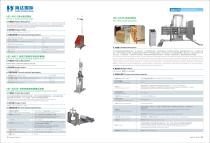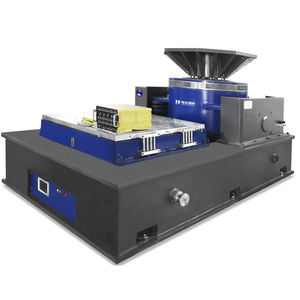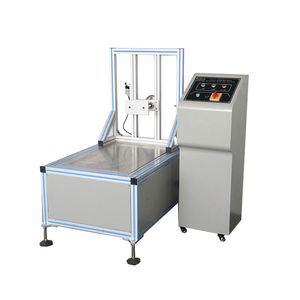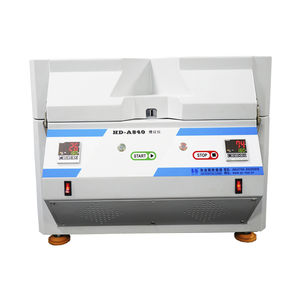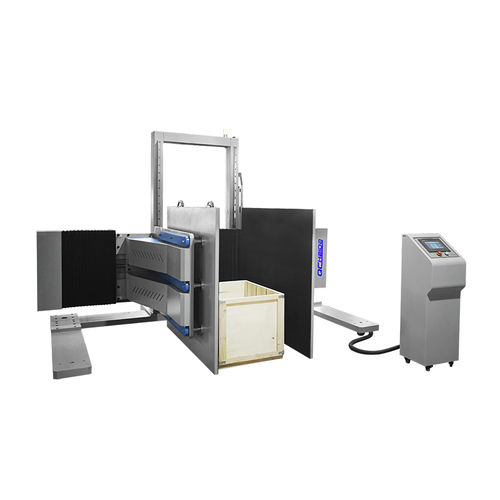
- Metrology - Laboratory
- Metrology and Test Equipment
- Clamping force tester
- HAIDA EQUIPMENT CO., LTD
- Company
- Products
- Catalogs
- Projects
- News & Trends
- Exhibitions
Clamping force tester HD-A535for packagingfor productionautomatic





Add to favorites
Compare this product
Characteristics
- Test type
- clamping force
- Tested product
- for packaging
- Applications
- for production
- Other characteristics
- automatic
Description
Usage:
clamping force tester simulates the process the schnabel car discharge the package, during this process, the clamping force of the both boards will affect the package and cargo. And this test is to evaluate the resistance property of the package toward this clamping force.
Specimen shape Parallelepiped transport package
Max. Specimen weight: 500kg
Clamping board size: H*D 48*48inch
Clamping board adjustable height: 0~500mm
Elevation speed: 10~300mm/min optional
Clamping board expansion width: 200~2000mm
Baseboard dimension: W*D 1500*1500mm
Device width: Less than 2.5m
Test standards:
ASTM D6055-96 METHOD, ISTA Packaging Test EHP Cold, LTP-2001 Clamping test,
GB/T 4857.4-2008 Basic Experiment of Packaging and Transporting Packages,
ISTA (International Safety Transit Association) 1A Packaging Performance of Independent Packaging Products That is No Heavier Than 1501b (68kg),
ASTM Standard D 4169 Standard Operating Specification for Shipping Containers and System Protection Performance test,
ASTM Standard D 6055 Standard Test Method for Compositional Load and Mechanized Transport of Large-scale Shipping Containers or Crates,
ASTM Standard D 6179 Standard Test Method for Compositional Load and Rash Transport of Large-scale Shipping Containers or Crates,
ASTM Standard D 999, Standard Test Method for Shock Test of Shipping Containers,
ASTM Standard D 5445 Geographical Symbols for Standard Operational Actions in Cargo Transport.
VIDEO
Catalogs
Other HAIDA EQUIPMENT CO., LTD products
Paper Packaging Test Equipment
Related Searches
- Haida testing machine
- Measuring device
- Haida test chamber
- Haida test bench
- Measuring machine
- Indentation hardness tester
- Haida materials testing machine
- Haida automatic testing machine
- Haida computer-controlled testing machine
- Haida temperature test chamber
- Haida compression testing machine
- Haida climate chamber
- Vertical test machine
- Haida automatic test bench
- Haida universal testing machine
- Haida humidity test chamber
- Industrial test machine
- Digital tester
- Haida bending testing machine
- Digital measuring device
*Prices are pre-tax. They exclude delivery charges and customs duties and do not include additional charges for installation or activation options. Prices are indicative only and may vary by country, with changes to the cost of raw materials and exchange rates.



